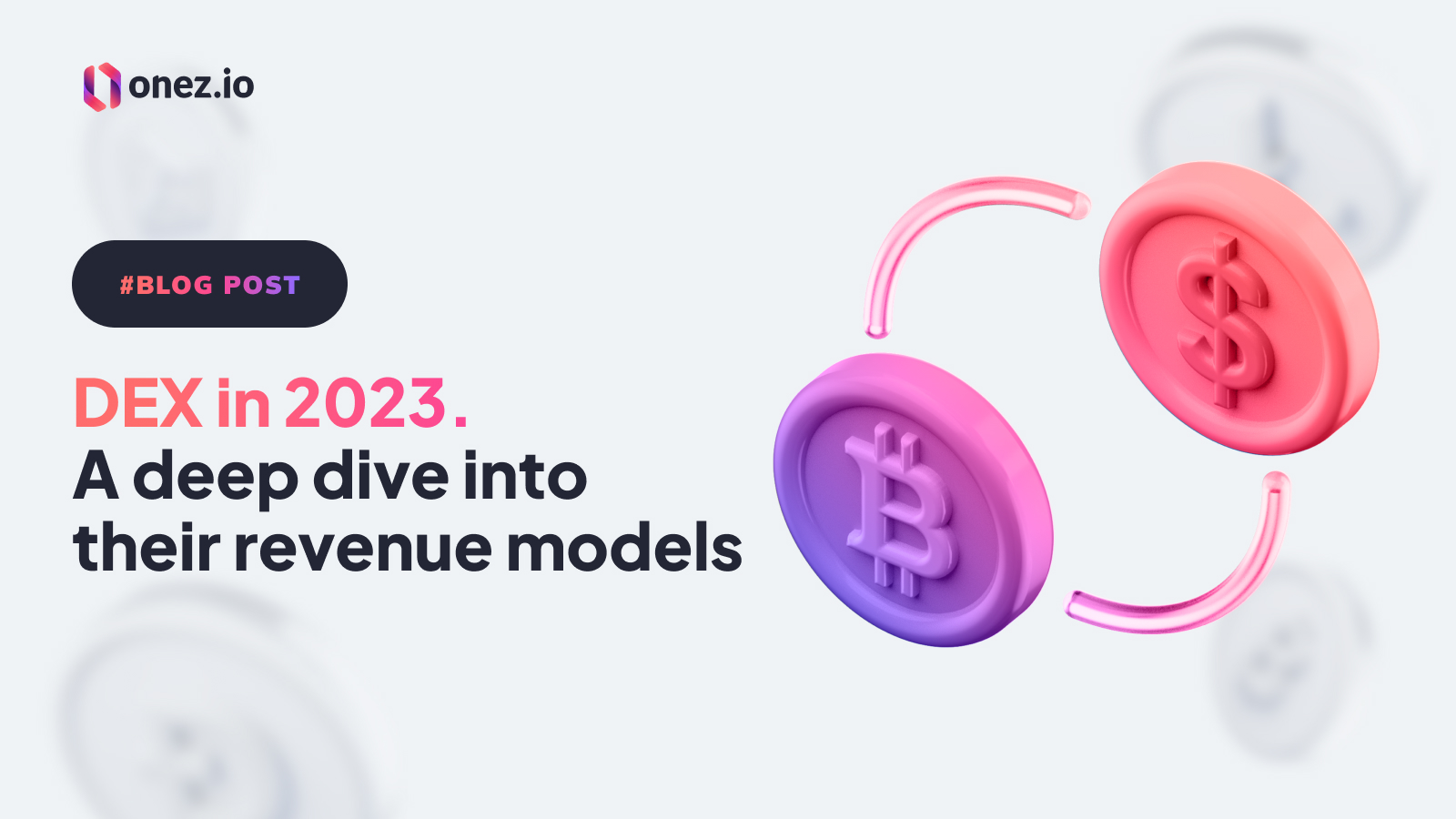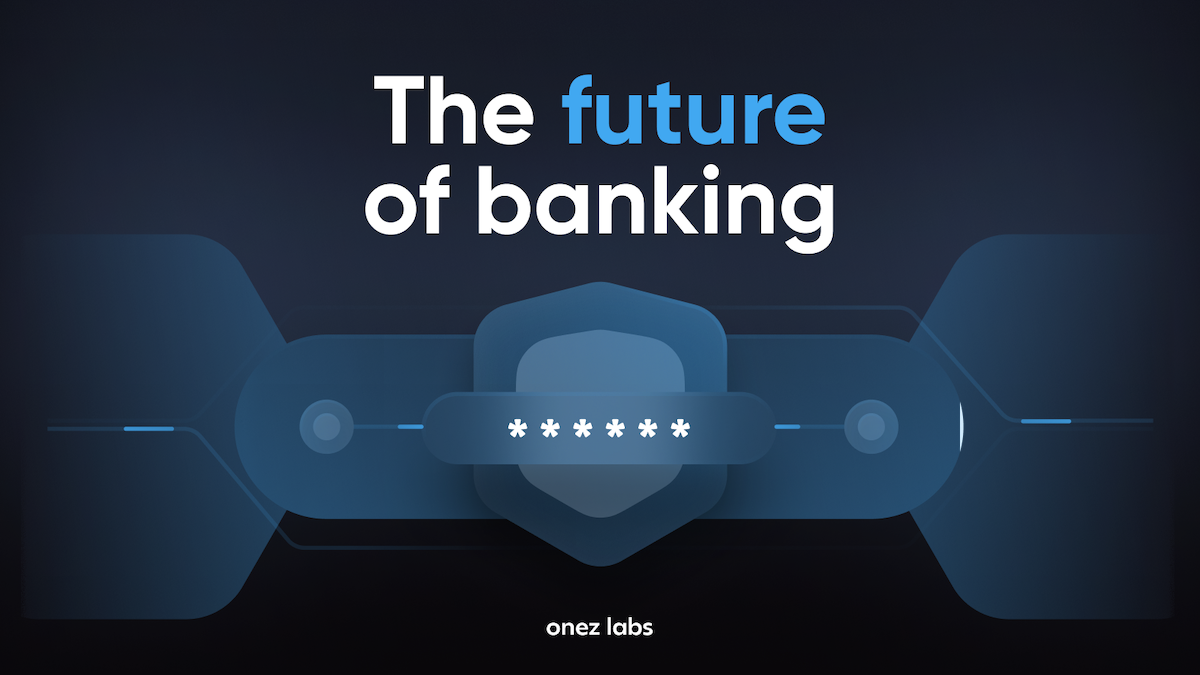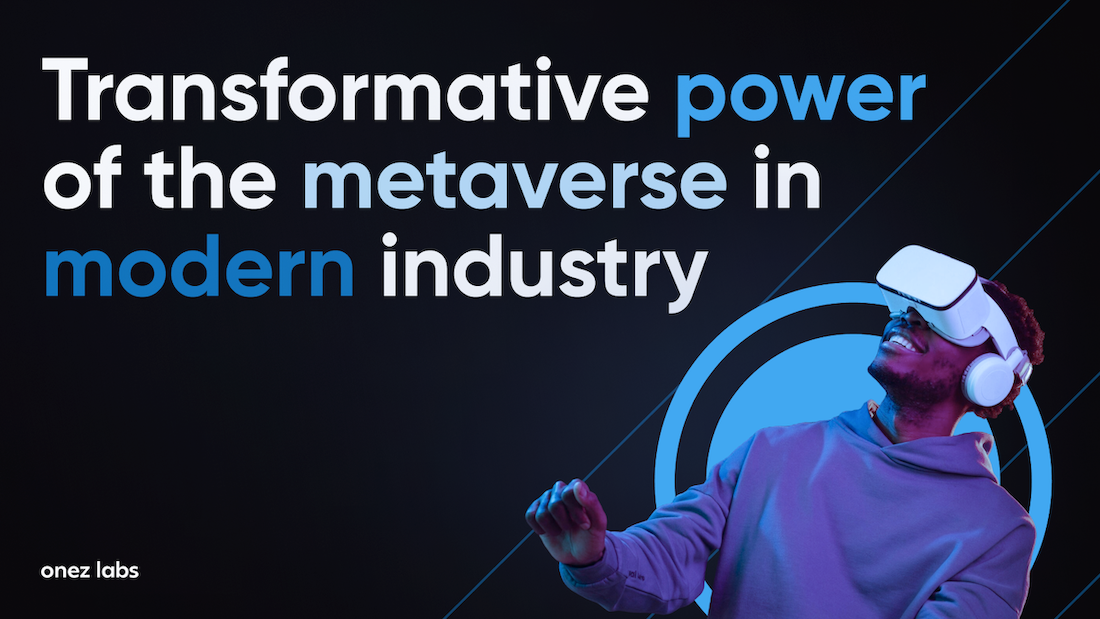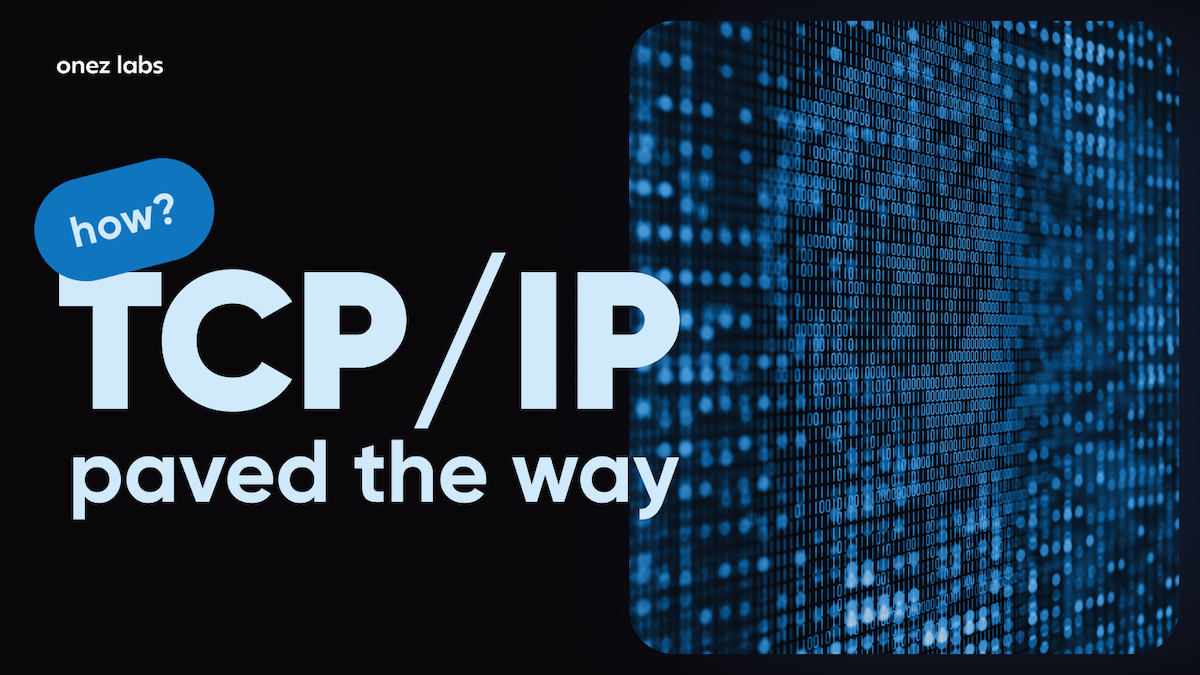Table of contents
- Introduction to Decentralized Exchanges
- The role of White-Label Crypto Exchanges
- Revenue Streams for DEXs in 2023
- Advantages of using DEXs for investors
- The future of DEXs and investment opportunities
- Growth potential and market expansion
- Conclusion. The rise of DEXs in the crypto landscape
In the ever-evolving world of cryptocurrencies, decentralized exchanges (DEXs) have emerged as the new frontier for trading. But as an investor, you might wonder: How do these platforms generate revenue? And why should you care? Let’s embark on a journey to understand the financial mechanics behind DEXs and what they mean for investors in 2023.
Introduction to Decentralized Exchanges
What is a Decentralized Exchange (DEX)?
Imagine a marketplace where traders can buy and sell without a middleman. That’s a DEX in essence. Unlike traditional exchanges where a central authority oversees transactions, DEXs operate on a peer-to-peer model. This means more autonomy, fewer fees, and a heightened sense of security.
Evolution of DEXs over the years
From their inception, DEXs were seen as the utopian ideal in the crypto world – a place free from central control. Over the years, they’ve transformed from basic platforms offering token swaps to sophisticated hubs supporting advanced trading features, all thanks to the rise of DeFi (Decentralized Finance) projects.
The role of White-Label Crypto Exchanges
What is a White-Label Cryptocurrency Exchange?
Think of it as a ‘business-in-a-box.’ A white-label crypto exchange provides businesses with a ready-to-launch platform, which they can then customize and brand as their own. It’s like buying a plain t-shirt and then adding your own design.
Features of Onez White-Label Crypto Exchange
- Best rates: In the competitive world of crypto, rates can make or break an investor’s decision. Onez.io ensures that users always get the most bang for their buck.
- Low Fees: It’s not just about rates. Fees can eat into profits. Onez.io prides itself on its minimal fees, ensuring traders keep more of their earnings.
- Scalable: As your trading volume grows, onez.io grows with you. Their platform is designed to handle surges, ensuring smooth trading experiences.
- Customizable: Want a unique look for your exchange? Onez.io lets you tailor every aspect of the platform, from design to features.
- Secure: In the crypto world, security is paramount. Onez.io’s non-custodial system ensures that users’ assets are always in safe hands.
- Easy to Use: A complex platform can deter users. Onez.io focuses on user-friendliness, ensuring that even crypto novices feel at home.
Revenue Streams for DEXs in 2023
Trading Fees. The primary revenue source
Every time a trade occurs on a DEX, a small fee is levied. These fees, while often lower than centralized exchanges, add up quickly given the volume of trades. It’s a win-win: users get a better deal, and the DEX generates revenue.
Staking and Yield farming
Beyond trading, many DEXs now offer staking and yield farming. Here, users lock up their tokens in exchange for rewards. It’s akin to earning interest in the traditional finance world. This not only provides the DEX with liquidity but also creates a steady revenue stream.
Initial Decentralized Offerings (IDOs)
Remember the ICO craze? Well, IDOs are its evolved cousin. Projects can raise capital by offering tokens directly on a DEX. For investors, it’s a chance to get in early, and for DEXs, it’s another lucrative revenue stream.
Advantages of using DEXs for investors
Security and control over funds
One of the most significant advantages of DEXs is the unparalleled security they offer. Since there’s no central authority holding your funds, the risk of large-scale hacks is minimized. Plus, with the non-custodial nature of platforms like onez.io, you have complete control over your assets. Remember the saying, “Not your keys, not your crypto”? With DEXs, it’s always your keys, your crypto.
Access to a wide range of assets
Centralized exchanges often limit the tokens they list due to regulatory and business considerations. DEXs, on the other hand, provide a platform for a vast array of tokens, especially new or niche ones. For investors, this means more opportunities and a chance to diversify their portfolios.
Lower fees and better rates
We’ve touched on this before, but it’s worth reiterating. The decentralized nature of DEXs often means lower overheads, and these savings are passed on to the users in the form of lower fees and better rates. In an industry where margins can be thin, every bit counts.
The future of DEXs and investment opportunities
Growth potential and market expansion
The crypto market is still in its infancy, and DEXs are poised to play a significant role in its growth. As more people become aware of the benefits of decentralized trading, the user base of DEXs is set to skyrocket. For investors, this means a world of opportunities, both in terms of trading and potential investments in DEX platforms themselves.
Technological advancements and innovations
The crypto world moves at a breakneck pace, and DEXs are at the forefront of technological advancements. From layer-2 scaling solutions to cross-chain interoperability, the next wave of innovations will make DEXs even more efficient, secure, and user-friendly.
Conclusion. The rise of DEXs in the crypto landscape
As we stand on the cusp of 2023, it’s clear that DEXs are not just a passing trend – they’re here to stay. Their unique blend of security, flexibility, and user-centric features make them a force to be reckoned with in the crypto landscape. For striving investors, understanding DEXs is not just beneficial – it’s essential.
FAQs
- How do DEXs ensure fair trading?
DEXs use smart contracts and automated market makers to ensure that trades are executed fairly and transparently. - Are there any risks associated with trading on DEXs?
Like all investments, there are risks. However, the decentralized nature of DEXs minimizes risks like central hacks. Always do your research before trading. - How do I choose the right DEX for my needs?
Consider factors like security, fees, supported tokens, and user reviews. Platforms like onez.io also offer white-label solutions for those looking to start their own DEX. - What’s the difference between staking and yield farming?
Staking involves locking up a specific token to earn rewards, while yield farming involves optimizing token holdings in different liquidity pools to earn the best possible returns. - How do IDOs work on DEXs?
Projects list their tokens directly on the DEX, allowing users to buy them before they’re available on larger exchanges. It’s a way for projects to raise capital and for investors to get in early.



